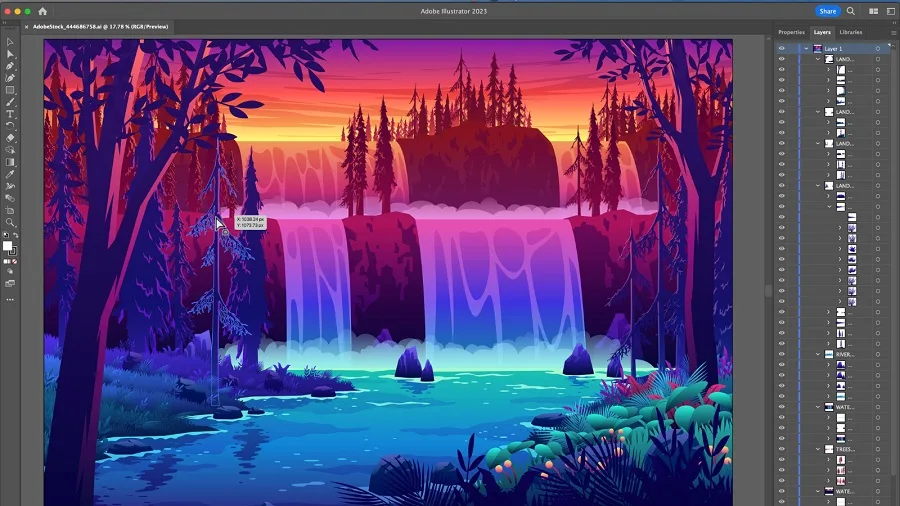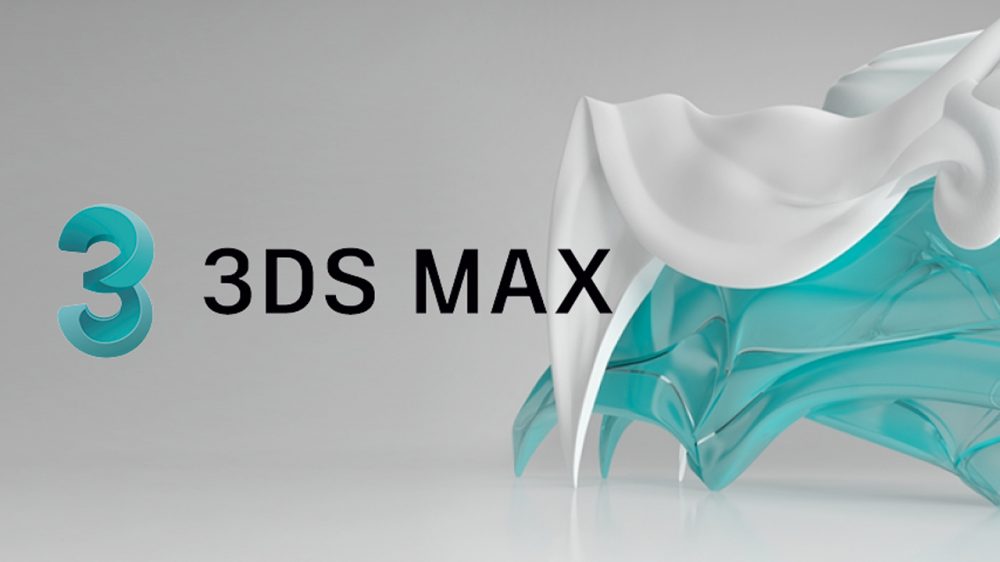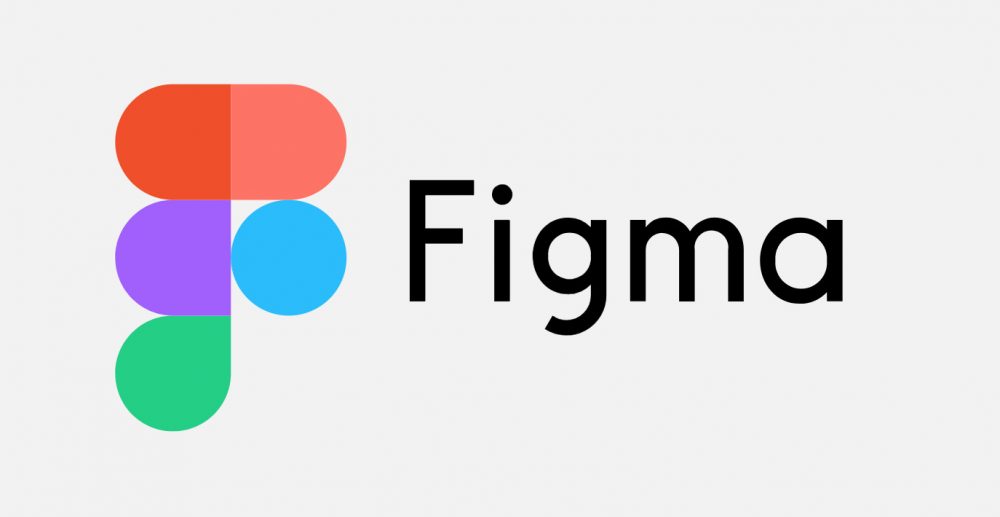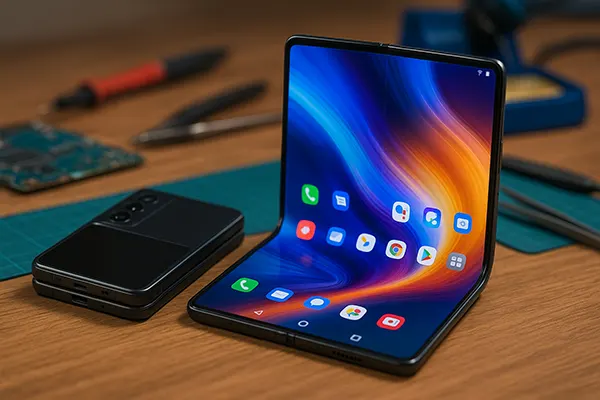
Top 3 Programs for Designers: A Detailed Review
In the ever-evolving world of digital design, the tools and software at a designer’s disposal are crucial for crafting compelling visuals and engaging content. This article dives deep into the top 3 programs that have become staples in the design community, exploring their origins, features, and how they cater to different aspects of the creative process.
When and By Whom It Was Created
The journey of digital design tools began decades ago, with developers and designers seeking to create software that could keep up with the expanding needs of creatives worldwide. These programs have evolved from basic drawing tools to complex suites that offer unparalleled control over every pixel and vector.
Adobe Illustrator, created by Adobe Inc., was introduced in 1987 as a revolutionary vector graphics editor. Affinity Designer, developed by Serif, emerged as a strong competitor in 2014, focusing on real-time performance and affordability. Adobe Photoshop, another creation by Adobe Inc., has been the go-to raster graphics editor since 1988, continuously adapting to include features for every kind of digital artist.
Adobe Illustrator
Adobe Illustrator is synonymous with vector design. Its precision and versatility make it ideal for creating logos, icons, typography, and complex illustrations. Illustrator’s robust toolkit allows designers to work with scalable graphics without losing quality, ensuring that designs look sharp at any size.
Over the years, Illustrator has introduced features like the Artboard, which enables designers to work on multiple canvases within a single document, and the Pen Tool, for creating complex paths with ease. The recent updates focus on enhancing user experience with cloud integration and collaborative features, allowing teams to work together seamlessly.
What sets Illustrator apart is its integration within the Adobe Creative Cloud, offering a seamless workflow between different Adobe apps. This ecosystem enables designers to incorporate raster images from Photoshop or layouts from InDesign into their vector compositions, creating a comprehensive design environment.
Affinity Designer
Affinity Designer has quickly become a favorite among designers for its fast processing, low cost, and no subscription model. It offers a fresh perspective on design software, challenging the dominance of established programs with its user-friendly interface and powerful features.
Designed to work on both vector and raster workspaces within the same application, Affinity Designer eliminates the need to switch between different programs. This dual functionality is particularly beneficial for designers who frequently work across both mediums, such as web and graphic designers.
With its continuous performance enhancements and the introduction of new tools, Affinity Designer caters to both beginners and seasoned professionals. Features like the Persona switcher allow users to effortlessly move between different workspaces, optimizing the design process.
Additionally, Affinity Designer’s commitment to affordability without sacrificing quality has garnered a loyal user base. It supports a wide range of file formats and integrates smoothly with other tools, making it a versatile choice for various design projects.
The program’s latest updates have focused on improving precision and workflow, with enhanced grid systems, snapping options, and advanced typography tools. These improvements demonstrate Serif’s commitment to meeting the needs of the design community.

Adobe Photoshop
Adobe Photoshop is arguably the most well-known name in the design world. Initially developed as a photo editing software, Photoshop has grown to accommodate a vast array of digital art forms, from 3D modeling to digital painting and beyond.
Photoshop’s layer-based editing system is a foundational feature that allows for intricate adjustments and effects in composite images. Customizable brushes, advanced color manipulation, and an extensive plugin ecosystem enable artists to push the boundaries of digital art.
The integration of AI-powered tools, like Content-Aware Fill and the recent Neural Filters, has further enhanced Photoshop’s capabilities, automating complex processes and offering new avenues for creativity.
The Promise of design craft
The digital design landscape is rich with tools tailored to the diverse needs of creatives. Whether you prioritize vector precision, seamless raster editing, or comprehensive image manipulation, the top programs for designers offer something for every type of project. As the industry continues to evolve, these tools will undoubtedly adapt, providing even more innovative features and capabilities for creators around the world.
Popular topics
-
 What is the latest version of 3DS Max
What is the latest version of 3DS MaxFor the creation of a wide variety of projects, including …
-
 The best slot manufacturers for the gaming industry
The best slot manufacturers for the gaming industryThere are a lot of slots in the casino at …
-
 Figma web design software
Figma web design softwareAnyone who has ever worked with Google Docs knows how …
-
 Choosing the Right VPN App for Your Smartphone: A Complet...
Choosing the Right VPN App for Your Smartphone: A Complet...Selecting the best VPN app for your smartphone can be …
-
 The Future of Foldable Smartphones: Engineering Challenge...
The Future of Foldable Smartphones: Engineering Challenge...Foldable smartphones have transitioned from futuristic prototypes to commercial products, …
